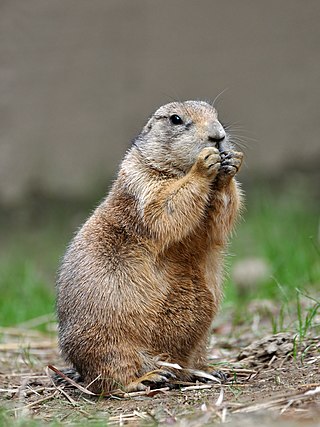
Prairie dogs are herbivorous burrowing ground squirrels native to the grasslands of North America. Within the genus are five species: black-tailed, white-tailed, Gunnison's, Utah, and Mexican prairie dogs. In Mexico, prairie dogs are found primarily in the northern states, which lie at the southern end of the Great Plains: northeastern Sonora, north and northeastern Chihuahua, northern Coahuila, northern Nuevo León, and northern Tamaulipas. In the United States, they range primarily to the west of the Mississippi River, though they have also been introduced in a few eastern locales. They are also found in the Canadian Prairies. Despite the name, they are not actually canines; prairie dogs, along with the marmots, chipmunks, and several other basal genera belong to the ground squirrels, part of the larger squirrel family (Sciuridae).

Nucla is a statutory town in Montrose County, Colorado, United States. The population was 585 as of the 2020 census, down from 711 in 2010. Its name comes from the town founders' intent that it serve as a "nucleus" for the surrounding farms and mines, although it has since come to be associated with the growth of uranium mining in the region.

The black-footed ferret, also known as the American polecat or prairie dog hunter, is a species of mustelid native to central North America.

Eric David Harris and Dylan Bennet Klebold were an American mass murderer duo who perpetrated the Columbine High School massacre on April 20, 1999. Harris and Klebold killed 13 people and wounded 24 others at Columbine High School, where they were seniors, in Columbine, Colorado. After killing most of their victims in the school's library, they died by suicide. At the time, it was the deadliest high school shooting in U.S. history. The ensuing media frenzy and moral panic led to "Columbine" becoming a byword for school shootings, and becoming one of the most infamous mass shootings ever perpetrated in the United States.

The region that is today the U.S. State of Colorado has been inhabited by Native Americans and their Paleoamerican ancestors for at least 13,500 years and possibly more than 37,000 years. The eastern edge of the Rocky Mountains was a major migration route that was important to the spread of early peoples throughout the Americas. The Lindenmeier site in Larimer County contains artifacts dating from approximately 8720 BCE.

The Mexican prairie dog is a diurnal burrowing rodent native to Mexico. Treatment as an agricultural pest has led to its status as an endangered species. They are closely related to squirrels, chipmunks, and marmots. Cynomys mexicanus originated about 230,000 years ago from a peripherally isolated population of the more widespread Cynomys ludovicianus.

The black-tailed prairie dog is a rodent of the family Sciuridae found in the Great Plains of North America from about the United States–Canada border to the United States–Mexico border. Unlike some other prairie dogs, these animals do not truly hibernate. The black-tailed prairie dog can be seen above ground in midwinter. A black-tailed prairie dog town in Texas was reported to cover 25,000 sq mi (64,000 km2) and included 400,000,000 individuals. Prior to habitat destruction, the species may have been the most abundant prairie dog in central North America. It was one of two prairie dogs described by the Lewis and Clark Expedition in the journals and diaries of their expedition.
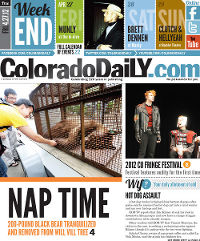
The Colorado Daily was a newspaper published in Boulder, Colorado, by Prairie Mountain Publishing Co. LLC, a unit of MediaNews Group. Its final issue was published on September 17, 2022. The Daily was operated out of the offices of Boulder's Daily Camera newspaper. Originally the student newspaper of the University of Colorado, the Daily became independent in 1970 and underwent several ownership changes since 2001, coming under the control of the Camera, its former competitor, when it was purchased by the E.W. Scripps Co. in 2005. The newspaper and its website, coloradodaily.com, continued to focus much of their coverage on the university.
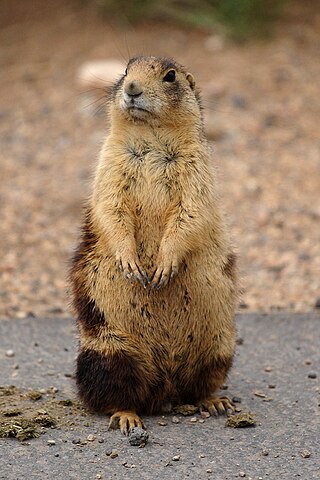
The Utah prairie dog is the smallest species of prairie dog endemic to the south-central steppes of the American state of Utah.
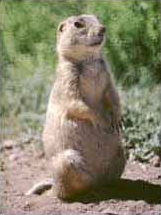
Gunnison's prairie dog is one of five species of prairie dog. This species belongs to the squirrel family of rodents, and are predominantly related to the North American and Eurasian ground squirrels. Gunnison's prairie dogs are primarily distributed in the Four Corners region of the United States.
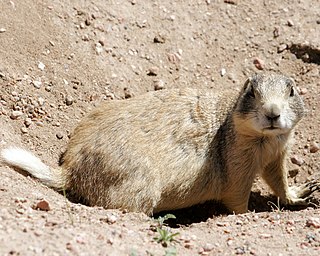
The white-tailed prairie dog is found in western Wyoming and western Colorado with small areas in eastern Utah and southern Montana. The largest populations are in Wyoming where they are known colloquially as "chiselers". This prairie dog species lives at an elevation between 5,000 and 10,000 feet, generally a higher elevation than other prairie dog species. Its predators include black-footed ferrets, badgers, and golden eagles.

The Denver Police Department (DPD) is the full service police department jointly for the City and County of Denver, Colorado, which provides police services to the entire county, including Denver International Airport, and may provide contractual security police service to special districts within the county. The police department is within the Denver Department of Public Safety, which also includes the Denver Sheriff Department and Denver Fire Department. The DPD was established in 1859.
The Plains Conservation Center is an outdoor education center and state-designated natural area in Aurora, Colorado. The Aurora property is owned by the Aurora Parks, Recreation and Open Space department.

The shortgrass prairie is an ecosystem located in the Great Plains of North America. The two most dominant grasses in the shortgrass prairie are blue grama and buffalograss, the two less dominant grasses in the prairie are greasegrass and sideoats grama. The prairie was formerly maintained by grazing pressure of American bison, which is the keystone species. Due to its semiarid climate, the shortgrass prairie receives on average less precipitation than that of the tall and mixed grass prairies to the east.

First Peoples Buffalo Jump State Park is a Montana state park and National Historic Landmark in Cascade County, Montana in the United States. The park is 1,481 acres (599 ha) and sits at an elevation of 3,773 feet (1,150 m). It is located about 3.5 miles (5.6 km) northwest of the small town of Ulm, which is near the city of Great Falls. First Peoples Buffalo Jump State Park contains the Ulm Pishkun, a historic buffalo jump utilized by the Native American tribes of North America. It has been described as, geographically speaking, either North America's largest buffalo jump or the world's largest. There is some evidence that it was the most utilized buffalo jump in the world. The site was added to the National Register of Historic Places on December 17, 1974, and designated a National Historic Landmark in August 2015. The former name of the park was derived from the Blackfeet word "Pis'kun," meaning "deep kettle of blood," and the nearby town of Ulm.

American Prairie is a prairie-based nature reserve in Central Montana, United States, on a mixed grass prairie ecosystem with migration corridors and native wildlife. This wildlife conservation area is being developed as a private project of the American Prairie Foundation (APF). This independent non-profit organization aims to include over 3 million acres (12,000 km2) through a combination of both private and public lands.
The ecology of the Great Plains is diverse, largely owing to their great size. Differences in rainfall, elevation, and latitude create a variety of habitats including short grass, mixed grass, and tall-grass prairies, and riparian ecosystems.
The following is a timeline of the history of the city of Denver, Colorado, United States from its founding in 1858 to the present.

Wayne Hsiung is an American attorney and activist. Hsiung is a co-founder of The Simple Heart Initiative and previously led the animal rights network Direct Action Everywhere (DxE), which he also co-founded. Hsiung was a lawyer with the law firms DLA Piper and Steptoe & Johnson, a Searle Fellow and visiting assistant professor at the Northwestern University School of Law, and a National Science Foundation-funded graduate student at the Massachusetts Institute of Technology.
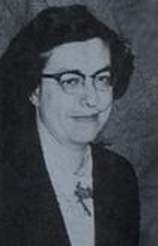
Helen Peterson was a Cheyenne-Lakota activist and lobbyist. She was the first director of the Denver Commission on Human Relations. She was the second Native American woman to become director of the National Congress of American Indians at a time when the government wanted to discharge their treaty obligations to the tribes by eliminating their tribal governments through the Indian termination policy and forcing the tribe members to assimilate into the mainstream culture. She authored a resolution on Native American education, which was ratified at the second Inter-American Indian Conference, held in Cuzco, Peru. In 1986, Peterson was inducted into the Colorado Women's Hall of Fame and the following year, her papers were donated to the Smithsonian's National Anthropological Archives and they are now held at the National Museum of the American Indian.
















